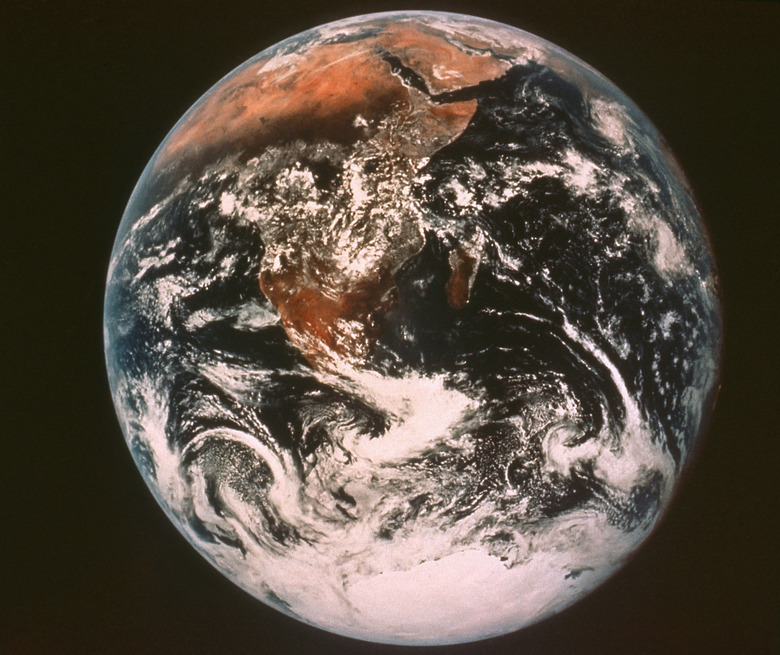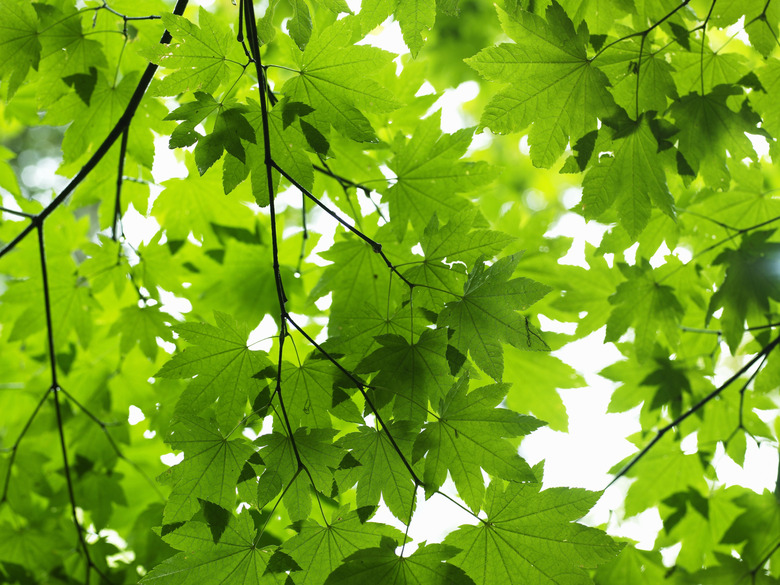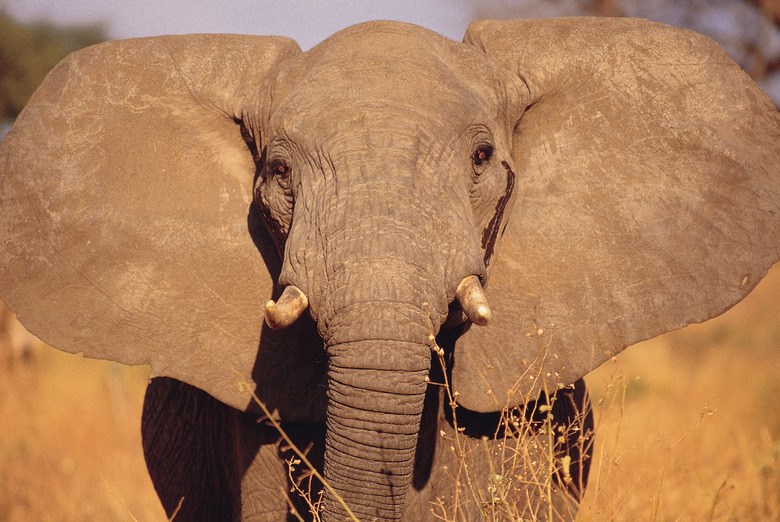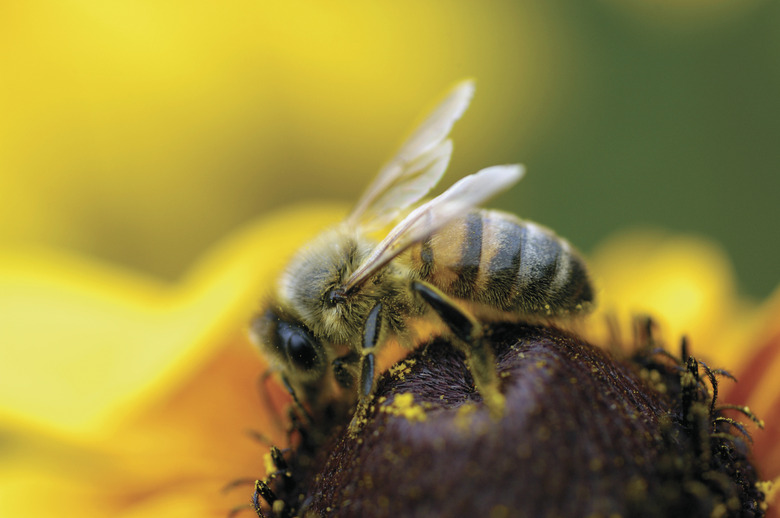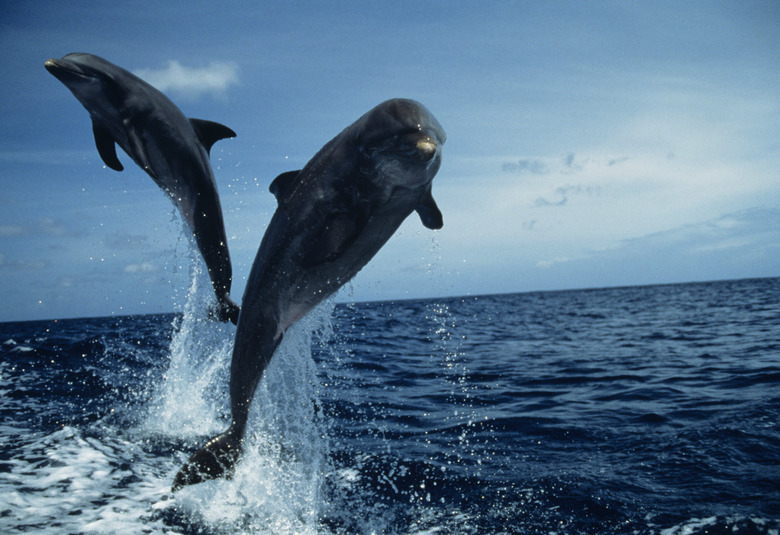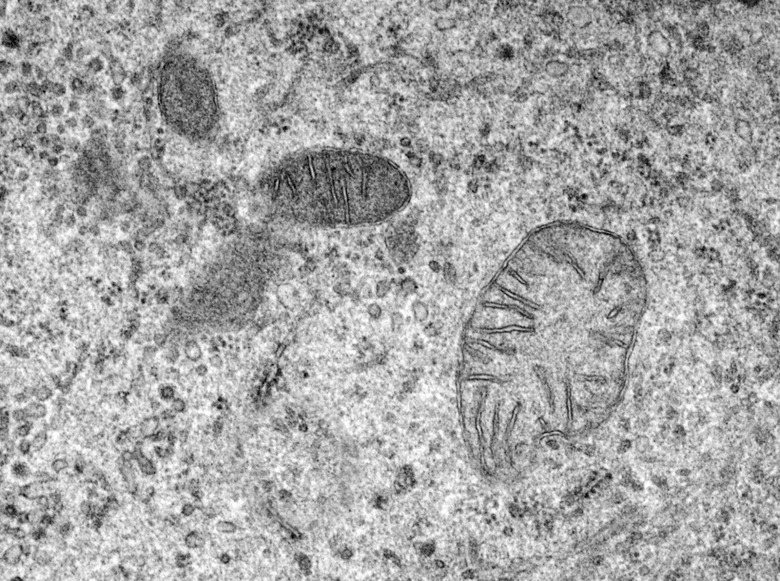Respiration In Plants & Animals
Earth is a biosphere, with complementary systems integrated to produce and sustain life. Plants and animals are the two primary systems in the biosphere's cycle of life, with plants "exhaling" oxygen through photosynthesis and animals inhaling oxygen through the lungs and exhaling carbon dioxide as a byproduct. Plants require carbon dioxide to live and flourish with their end-product again becoming oxygen. This balancing process of complementary systems is known as respiration and photosynthesis.
Photosynthesis
Photosynthesis
Both plants and animals respire, as detailed on the University of Hamburg's website, but only plants continue the process of photosynthesis, which is the conversion of the sun's energy into usable energy for both plants and animals. Photosynthesis is the conversion of sunlight into a molecule of adenosine triphosphate (ATP). This ATP is a storage container of energy which can be accessed by life forms other than plants. According to Estrella Mountain Community College, this is the process activated in plants when converting energy from the sun into oxygen.
Plants take in sunlight, water and carbon dioxide molecules and release oxygen molecules.
Respiration
Respiration
As stated on TutorVista.com, "respiration can be broadly defined as the breakdown of organic compounds into simpler compounds accompanied by the release of energy in the form of ATP." This is the process we call, at the most basic level, "breathing." Plants and animals breathe, but animals, including humans, require plants to convert the energy of the sun into oxygen.
Animal life receives oxygen molecules, and—after a process called internal respiration and cellular respiration takes place inside the animal or human body—exudes carbon dioxide molecules.
External Respiration
External Respiration
External respiration is the process wherein animal life receives air from the environment and in a gaseous exchange returns the air to the environment in another form. This gaseous exchange takes place in all life forms, from insects to fish to human beings to plants, including algae and fungus.
Internal Respiration
Internal Respiration
Internal respiration is the distribution process in the body of an animal wherein oxygen is carried via the lungs and bloodstream throughout the body and broken down and converted into cellular energy.
Cellular Respiration
Cellular Respiration
Cellular respiration is the conversion process that is initiated in the cytoplasm and finishes in the mitochondria, with the end product being carbon dioxide molecules. The cellular system is like a furnace burning energy, and the byproduct of that combustion is carbon dioxide. After being exuded into the atmosphere, that carbon dioxide becomes an element in the continuing process of photosynthesis.
Cite This Article
MLA
Larsen, Douglas Christian. "Respiration In Plants & Animals" sciencing.com, https://www.sciencing.com/respiration-in-plants-animals-12288107/. 21 July 2017.
APA
Larsen, Douglas Christian. (2017, July 21). Respiration In Plants & Animals. sciencing.com. Retrieved from https://www.sciencing.com/respiration-in-plants-animals-12288107/
Chicago
Larsen, Douglas Christian. Respiration In Plants & Animals last modified March 24, 2022. https://www.sciencing.com/respiration-in-plants-animals-12288107/
